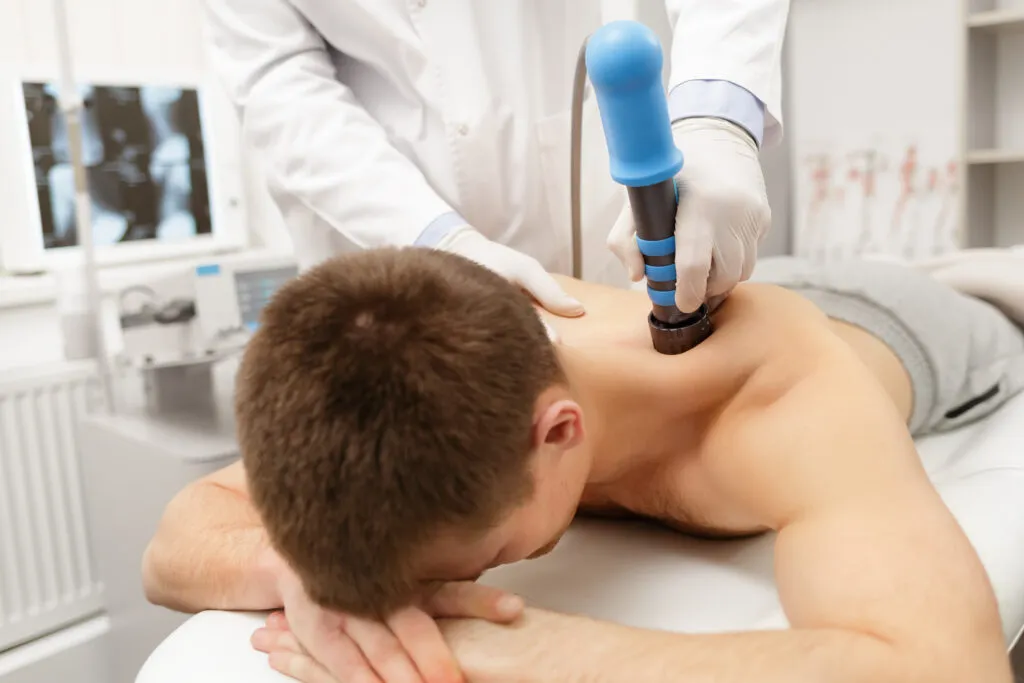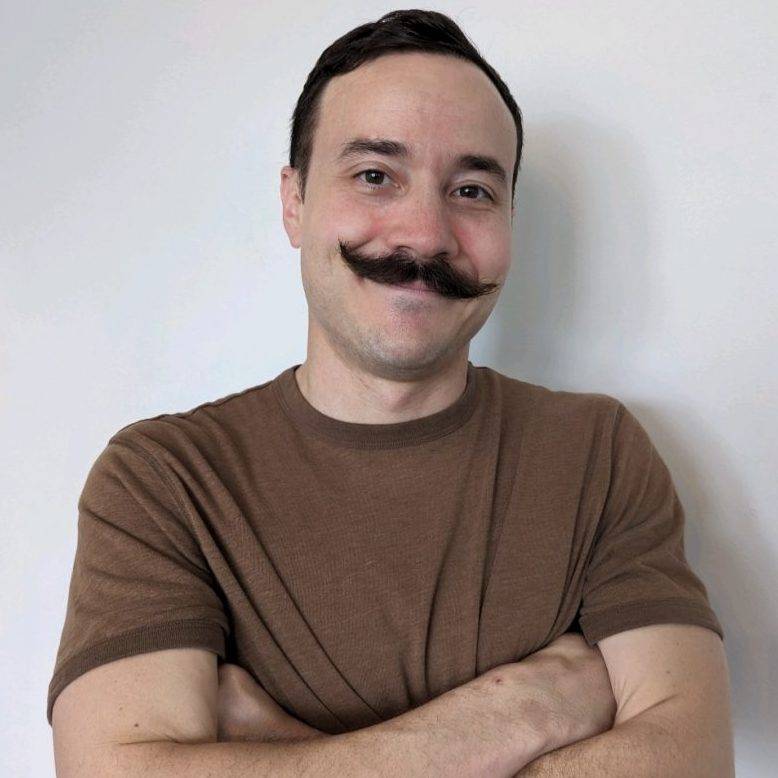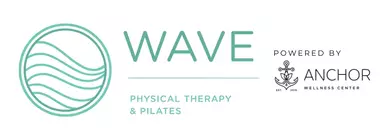Erectile Dysfunction (ED) is a condition that affects millions of men worldwide, leading to frustration, stress, and a diminished quality of life. Traditionally, ED has been treated with oral medications, lifestyle changes, or invasive procedures like penile implants. However, a newer, non-invasive treatment option known as Softwave Therapy (a form of Low-Intensity Extracorporeal Shockwave Therapy or Li-ESWT) is gaining attention for its potential to restore erectile function naturally by addressing the underlying causes of ED.
Understanding Softwave Therapy
Softwave Therapy uses low-intensity sound waves to stimulate blood flow and encourage the repair of damaged tissues within the penis. Unlike oral medications that provide temporary symptom relief, Softwave Therapy targets the root cause of ED, which is often poor blood flow to the penile tissue. By enhancing the body’s natural ability to repair and regenerate blood vessels, this therapy can lead to long-lasting improvements in erectile function.
How Does It Work?
The sound waves generated by Softwave Therapy promote neovascularization, a process that creates new blood vessels in the treated area. This increased blood flow is crucial for achieving and maintaining an erection. The therapy is typically administered in a series of short sessions, each lasting about 15-20 minutes. Over time, these treatments can result in stronger, more sustainable erections without the need for medication or surgery.
Effectiveness and Research
Clinical studies have shown that Softwave Therapy is particularly effective for men with mild to moderate vasculogenic ED. In these cases, the therapy has been reported to improve erectile function in about 60% of patients, with effects lasting up to a year or more. This makes it a promising option for men who have not responded well to oral ED medications or who prefer a non-drug approach.
Moreover, Softwave Therapy has the added benefit of being a drug-free and non-invasive treatment, which means it comes with fewer risks and side effects compared to more traditional ED treatments. For instance, men who cannot take oral medications due to conditions like heart disease or diabetes may find Softwave Therapy a viable alternative.

Limitations and Considerations
While the results of Softwave Therapy are encouraging, it’s important to note that the therapy may not be as effective for all men. Those with severe ED, especially due to nerve damage from prostate surgery or advanced diabetes, may see limited improvement. Additionally, the therapy is still considered experimental by some in the medical community, and more research is needed to fully understand its long-term efficacy and safety.
Cost is another factor to consider. Since multiple sessions are often required, the treatment can be expensive, and it may not be covered by insurance. However, for many men, the potential for long-term improvement in erectile function may outweigh these considerations.
A Promising Alternative for ED Treatment
In summary, Softwave Therapy represents a promising alternative for treating Erectile Dysfunction, particularly for those seeking a non-invasive and drug-free option. By addressing the root causes of ED and enhancing the body’s natural healing processes, this therapy offers hope to many men who have struggled with this condition. As research continues to evolve, Softwave Therapy may become a more widely accepted and accessible treatment option for ED.
If you’re interested in exploring Softwave Therapy, consult with a urologist or sexual health specialist who can help determine if this treatment is right for you.
About the Author

Dr. Justin Vincent first developed an appreciation for Physical Therapy in high school. As a high school athlete, he experienced several injuries, which put PT on his radar pretty early. He has always appreciated movement and gravitated toward high-energy sports in particular. After undergrad, he was working in Washington, DC, when he suffered an ankle dislocation during a rugby tournament. An amazing team helped rehabilitate him and get him back out on the field. The experience inspired and motivated him to leave his cubicle job and become a Physical Therapist. Now, as a Doctor of Physical Therapy, he helps people move optimally so they can continue to do the activities they love.


